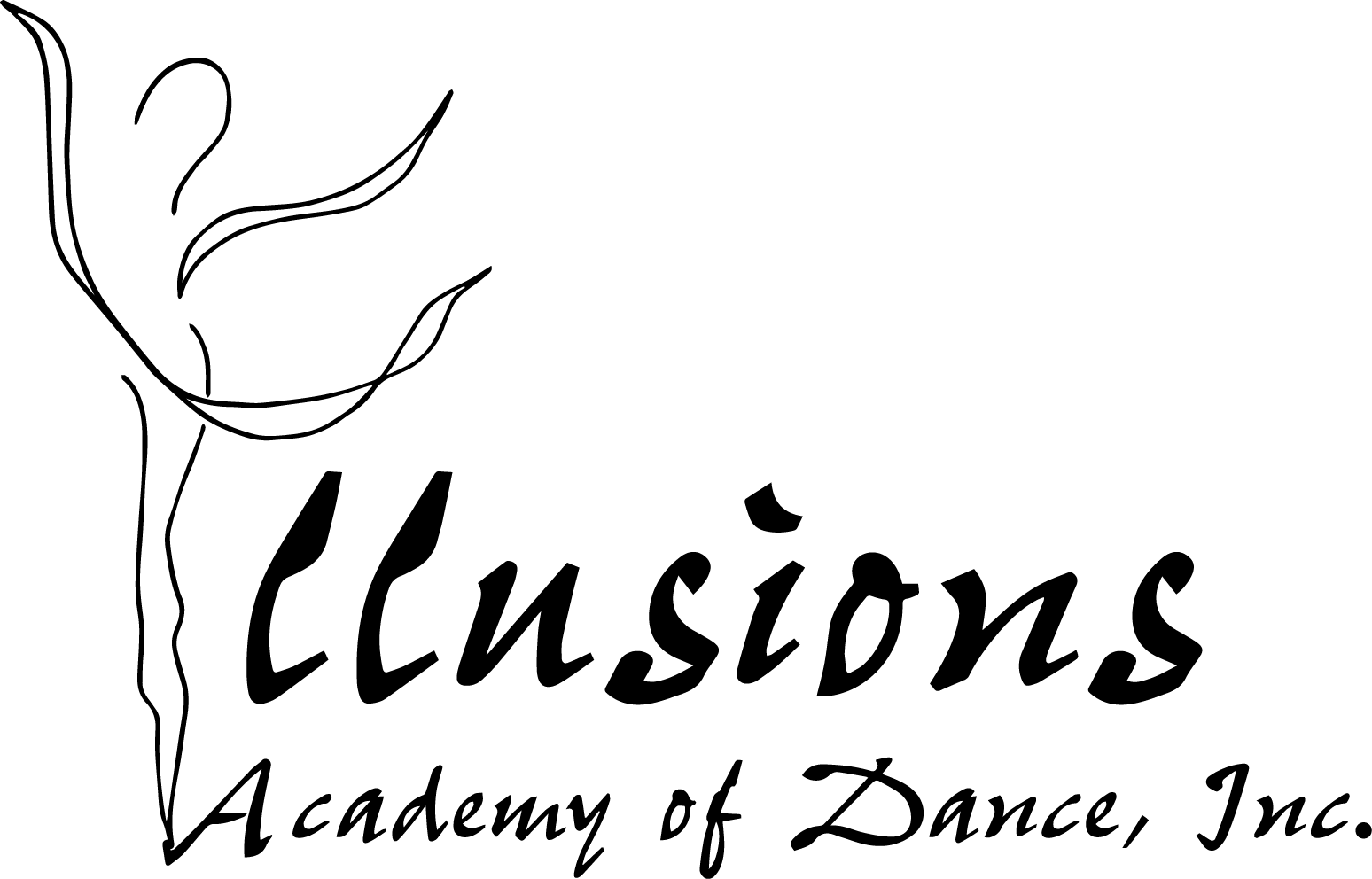Brain Compatible Dance Education
The topic for the conversation today is Brain-Compatible Dance Education. You might be wondering what that is. This blog will answer what it is and how we offer this learning model at Illusions Academy of Dance. Enjoy!
What is Brain-Compatible Dance Education?
According to movement science, offering an enriched learning environment where multiple learning styles are involved, creates a classroom full of attentive and growing students. Recognizing how a child learns will not only benefit the child since you can then cater to their learning style, but it will lead to answers for what many may think are undesired behaviors. Children process the information being taught through their preferred style of learning, watching, or listening. Most of us have one preferred style of learning. However, we do process information through all of these channels at different degrees (Andrea Trench, DiscoverDance)
"It is an educator's job to interpret the differences between students and accommodate teaching materials to fit their needs" (Burgess 2018)
The Partnership for 21st Century Skills is a coalition that works together to determine what propensities students need in order to learn and grow in the 21st century (Partnership for 21st Century Skills). The coalition determined that learning and innovation skills should form the “cornerstone of their proposed framework (Moore and Linder 108). According to Candice Moore and Sandra Linder, the following four initial proficiencies are critical to learning and for developing innovation skills: collaboration, creativity, communication, and critical thinking (108). To diversify and learn these skills could lead to a successful career in the 21st century (Carlisle 152).
Being able to work efficiently within different groups of people to create, develop, and problem solve is what motivates humanity. In order for students to learn to collaborate they need to be given opportunities to practice this skill. Ultimately, it was proposed that collaboration, where people work in unity to achieve shared goals is “inherently part of many dance pedagogies, dance practices, and dance careers” (Schupp 152).
Schupp argues that:
Choreographic processes and dance performance often require collaboration; for this reason dance educators provide students with numerous opportunities to collaborate. In other words, it could be argued that collaborative skills are implicitly addressed through dance education. (152)
In her book, Creative Dance for all Ages, brain-based dance educator Anne Green Gilbert reminds dance educators that “conceptual teaching of any subject is more meaningful (and therefore develops deeper learning and better memory) than simply teaching facts. To truly understand dance and be able to create, perform, and respond to it, a dancer must learn and explore dance concepts.” She also encourages dance educators to create a curriculum that meets the needs of the dancer’s brain and body.
According to brain science, the human brain develops the most between ages 0 and 5 with the most rapid growth between the ages of 0-3. Surprisingly, despite new research surrounding neuroplasticity, about 90% of our neural pathways were set for life during the first years of existence. Conceptual teaching (also known as conceptual learning or the conceptual approach) is approaching dance education through a clear emphasis on the exploration and discovery of the concepts of dance. When students understand and incorporate these concepts, their movement develops clear intent and becomes more expressive. Their vocabulary expands, problem-solving skills improve, and self-confidence soars! By creating these connections between the brain and the body, our students will understand the mechanics of the movement and what makes dance, dance. (Andrea Trench, DiscoverDance)
At Illusions Academy, our progressive curriculum focuses on dance elements such as place, size, level, direction, pathway, speed, energy, weight, body part identification, shape, and relationships. Each unit of study within our curriculum allows dancers to build on previously learned skills as they develop into mature dancers. Furthermore, students are learning 21st-century skills of collaboration, creativity, communication, and critical thinking. Learning these fundamentals through movement in this developmental stage sets young children up for success as a human in the future workforce. It is important to note that comprehension of dance concepts continues through the stages of the mature dancer and into adulthood where they can be applied as life skills.
Here are some further benefits of dance in early childhood stages created by DanceEdTips that we at Illusions Academy of Dance pride ourselves in promoting
Check back soon for our next tip of Dance Stance with Miss Lauren!
References:
Green Gilbert, Anne. Creative Dance for All Ages: A Conceptual Approach. Human Kinetics, 2015.
Schupp, Karen. “Teaching Collaborative Skills through Dance: Isolating the Parts to Strengthen the Whole.” Journal of Dance Education, vol. 15, no.4, Feb 2015, pp. 152-158., doi:10.1080/152908024.2015.1039643
Trench, Andrea. www.discoverdance.com
DanceEdTips Benefits of Early Childhood Dance Chart





